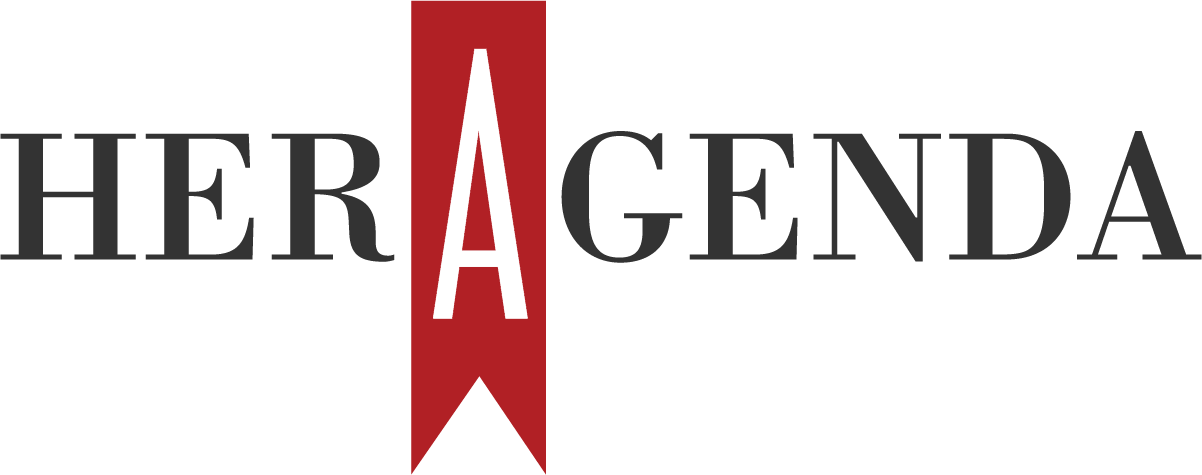How to Use Guided Journaling To Transition Mindset From Relaxed To Refocused

Business phases ebb and flow. It may slow down during a restorative vacation or an intentional recharge, but then comes the return — the season for renewed focus, new projects and stretch goals. Transitioning between these periods can feel jarring. Your body may still crave the calm of unhurried mornings, while your mind and career demand clarity, strategy, and momentum. Guided journaling can become your key ally. With purposeful prompts, it bridges the gap between relaxation and productivity. Here’s how to use it.
1. Acknowledge And Honor The End Of One Season
Taking regular intentional break periods is a strategic superpower for women in business. It can lead to enhanced clarity and stronger decision-making, as well as increased innovation. When you return to full speed, however, it’s important to acknowledge and learn from your pause.
Write about:
- What did rest look like for me?
- What insights or feelings emerged when I gave myself space to slow down?
- What am I grateful to carry forward from this period of ease?
Recording these reflections allows you to validate your rest rather than viewing it as a delay in your progress. This softens the mental shift and allows you to find creative insights that might fuel your next stage.

SOURCE: PEXELS
2. Reconnect With Your Bigger Vision
Guided journaling can remind you of the “why” behind your work. It’s easy to get stuck in operational tasks and lose sight of the whole point. Use this moment to zoom out and revisit your long-term ambitions and purpose.
Prompts to try:
- Why did I start this business?
- How do I want my work to impact my clients or my industry?
- If I picture my career one year from now, what does success look like?
- What went well — and what didn’t — last time I focused?
This blend of looking backward and forward simultaneously can bring clarity. Writing your answers in detail helps you move from vague goals to vivid mental pictures, which can strengthen your motivation.
3. Identify And Reset Goals And Priorities
Use guided journaling as a reset button, helping you sort through competing demands and choose what matters most.
Reflect on:
- What are my top three business goals for the next 90 days?
- What daily or weekly habits will help me move toward them?
- What commitments no longer serve my goals?
Consider keeping your responses visible during your day so they guide your decision-making as you re-enter a focused rhythm. Revisit your answers at least once a week to check in with your progress.

SOURCE: PEXELS
4. Reframe Challenges As Opportunities
As you shift back into business-building, you may feel overwhelmed by a backlog of tasks or new challenges. Journaling helps you to slow down and give mindful attention to what matters most. Only then can you reframe obstacles so they don’t derail your focus.
Ask yourself:
- What challenges feel most pressing right now?
- What lessons from my relaxed season could help me approach from a different angle?
- What might this challenge be inviting me to learn or build?
Meeting difficulties with curiosity rather than stress will make it easier to re-engage with confidence.
5. Set A Journaling Routine
Consistency is key to using guided journaling for mindshifts. Some women journal first thing in the morning to give clarity to the day ahead. Others prefer to reflect in the evenings. Choose what best fits your personality and workflow. Contemplation is something over 90% of successful entrepreneurs build into their day, so creating this practice is important.
Journaling Your Way Back To Business
Guided journaling isn’t about filling pages but about creating growth space. Writing with intention will help you re-center, reset, and move ahead in your next business phase with clarity and confidence.






